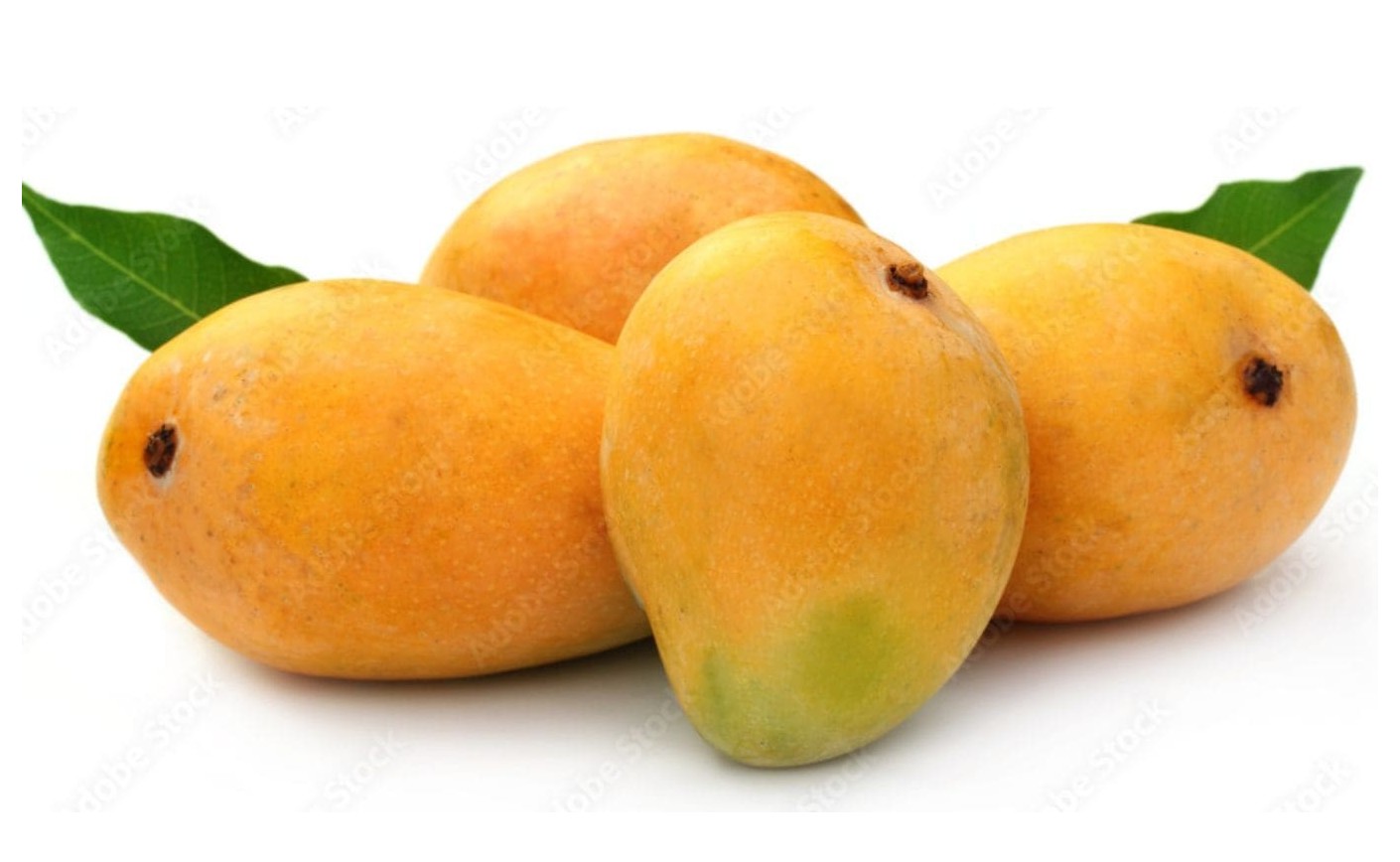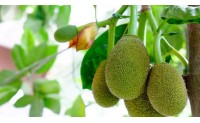
Mango, Aam, Manga
Mangoes are one of the most popular fruits all over the world, and especially so in India. Growing them can be an incredibly rewarding experience.
Mangoes are sometimes symbolised for nostalgia, which is a testimony to the popularity of the fruit. That it is the national fruit of both India and Pakistan is not just a coincidence.The history of mango cultivation dates back over 4,000 years. Mango trees are also very long-lived, with some living up to 300 years.
There are over a thousand varieties of mango, varying in size, colour and flavour. The tree height varies from from a few metres to 30 metres.
- Origin: Southeast Southern Asia
- Scientific name: Mangifera indica
- Botanical family: Anacardiaceae
- Common names: "aam" (Hindi), "maamidi" (Telugu), "maavina kayi" (Kannada), and "manga" (fruit), "maavu" (tree) in Tamil and Malayalam.
- Edible quality rating: 10/10
- Health benefits: 6/10
Growing a mango tree
The mango tree prefers well-drained soil in a warm and humid location. The tree needs full sun to bear fruit. Depending on the local weather, the water requirement varies. In any case, watering during the fruiting season is recommended. Shortly before the flowering period, however, watering is avoided or limited.
When planting a mango tree, or any tree for that matter, it is important to provide enough space for that tree to spread out. Since the canopy size of the mango tree varies, the planting distance should take the needs of the specific variety into consideration.Apart from removing the dead branches, regular pruning is not done for mango trees.Though best planted on the ground, certain mango varieties can be grown in containers with good results.
Mango Fruit Description and Taste
Mango is an oblong-shaped, single-seed fruit that can weigh from 50 grams to a kilogram. The skin of the fruit is typically green when unripe. Depending on the variety, it may turn yellow, orange, red, or remain green as it ripens. The flesh is sweet and juicy, with a unique flavour that varies depending on the variety of mango.
The fruit is commonly eaten fresh but can also be used in a variety of dishes, including pickles, chutneys, juices, shakes, and a variety of desserts. Its pulp is used for making mango-flavoured beverages and ice creams.
Mango is a good source of vitamin C, vitamin A, dietary fibre and antioxidants. Eating mango improves digestion, boosts immunity, and also helps reduce inflammation.




